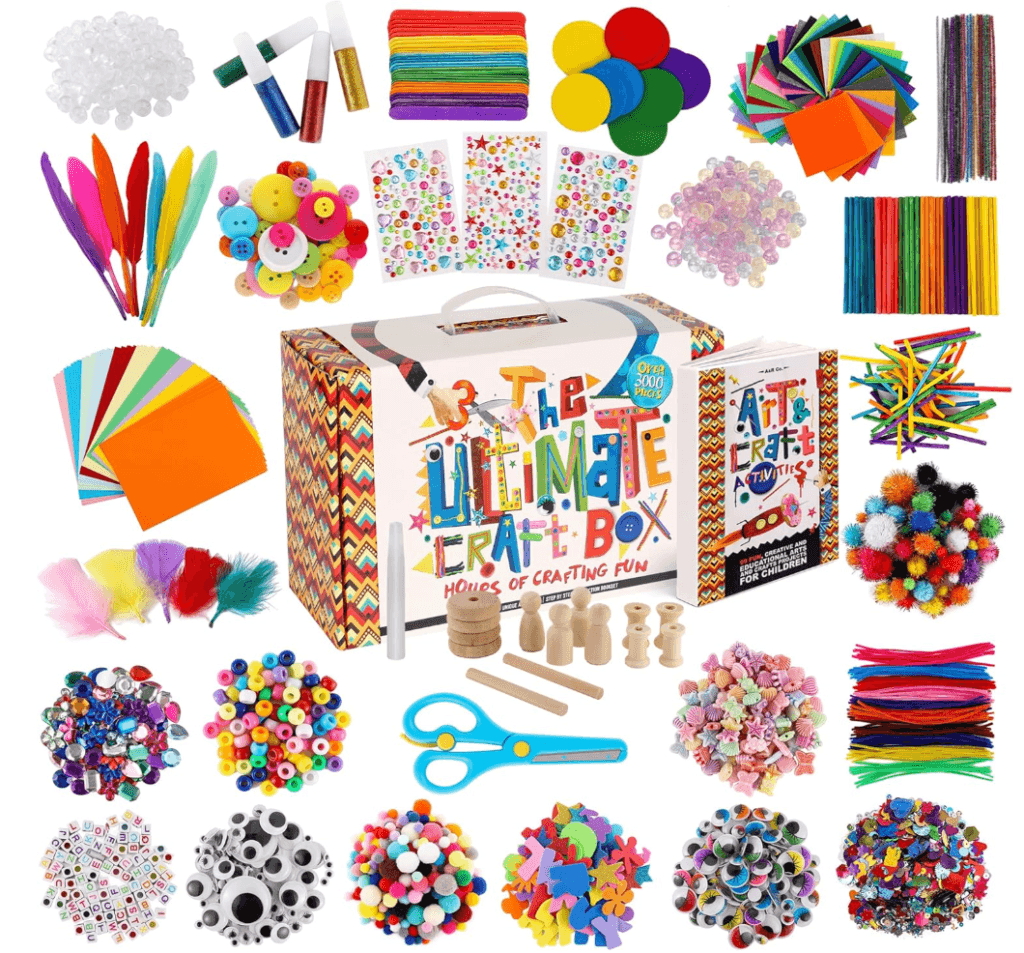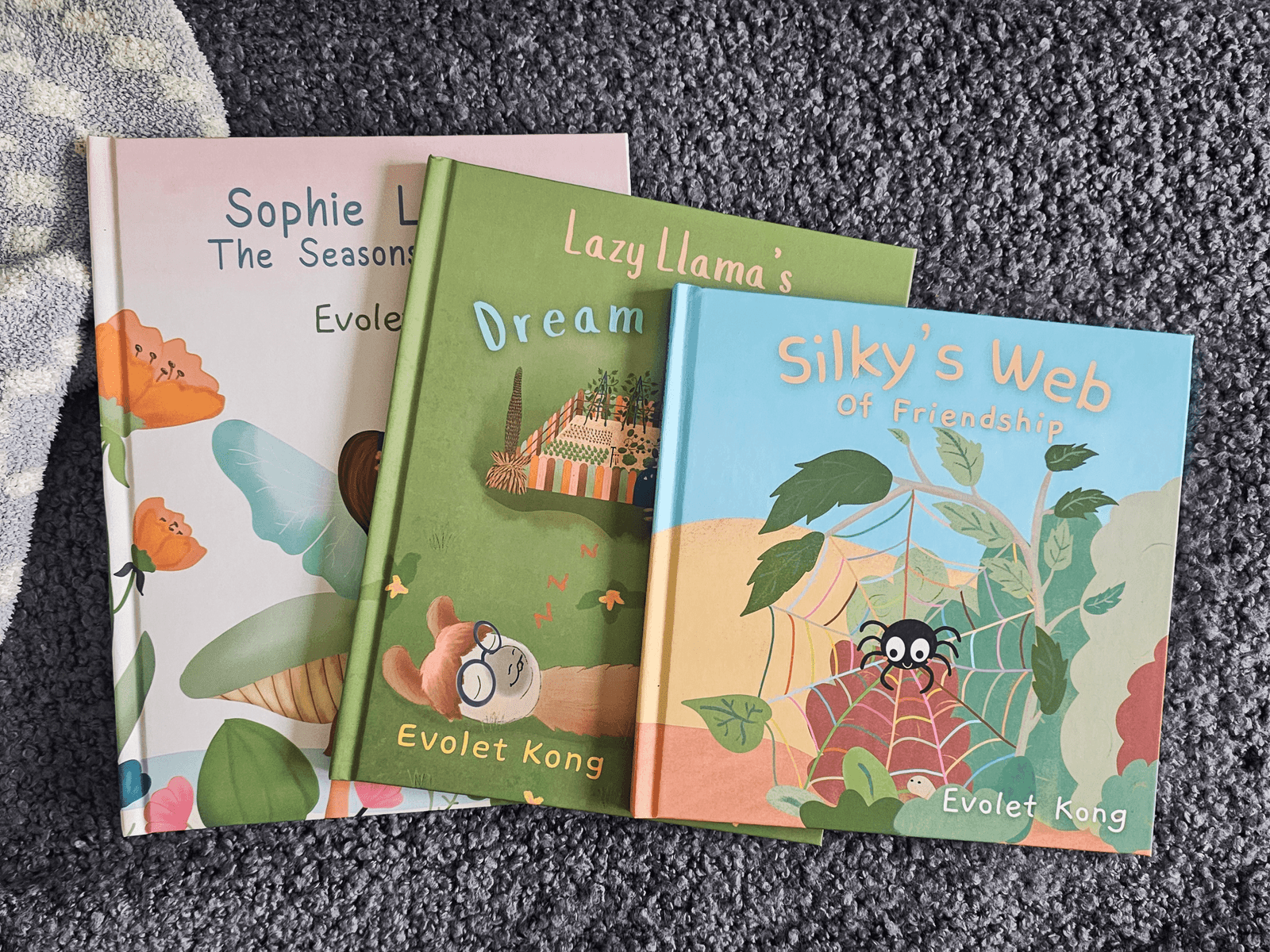
Encouraging your child to write their first story can spark their creativity and boost their confidence in expressing ideas. Writing is not just an academic skill, it’s a doorway to imagination, critical thinking, and communication.
Here are seven practical tips to help your little storyteller bring their ideas to life:
1. Start with Storytelling, Not Writing
Before putting pen to paper, encourage your child to tell you a story. It could be about their day, a favorite toy, or a made-up adventure. Ask questions like, “What happens next?” or “How does the story end?” to prompt their imagination. This helps them organize their thoughts and builds a narrative structure in their minds. Storytelling is an oral tradition that many children find less intimidating than writing, especially if they’re younger.
As they share their stories, be an enthusiastic listener. Your interest will inspire them to dive deeper into their ideas. Highlight their unique or funny moments to show that their imagination matters. You can also record their spoken stories, so they feel their ideas are valued. Over time, this practice will naturally transition into writing.
2. Use Drawing as a Prewriting Tool
Not all kids are ready to write immediately, but many love to draw! Encourage your child to sketch their characters, settings, or key events. Ask them to describe the scenes as they draw, this combines visual and verbal storytelling. For example, if they draw a dragon and a castle, ask what the dragon is doing and who lives in the castle.
Drawing helps children articulate their ideas visually, making the leap to writing smoother. It also gives them something tangible to reference when they begin to write. Let them color their illustrations and add details, as this can inspire them to expand their story.
3. Buy or Create a “Story Toolbox”
Put together a simple box filled with story prompts and writing tools. Include items like word cards, photos, objects from nature like a pinecone or shell, and small toys. Prompt their imagination with questions like, “What could this shell’s story be?” or “What if this teddy bear could talk?”
Having physical tools makes the process engaging and interactive. Writing supplies like colorful markers, stickers, and glittery pens can also make writing feel like an exciting activity rather than a chore. Revisit the toolbox regularly to spark new ideas.
4. Start Small with Collaborative Writing
If your child feels overwhelmed, start by co-writing a story together. You can write the beginning, and they can add the next part. For example: “Once upon a time, a tiny turtle wanted to see the ocean. What did the turtle do next?” By alternating sentences or paragraphs, you can guide them while allowing their creativity to shine.
This collaborative approach takes the pressure off and shows them how stories flow. Encourage them to take charge of the plot twists and decisions in the story. Over time, they’ll gain confidence in writing independently.
5. Introduce Story Structure in a Fun Way
Explain the basic elements of a story, characters, setting, problem, and resolution using their favorite books or movies. Then, let them create their own story using this framework. For instance, they might create a story about a magical forest where a squirrel loses its acorn but finds a treasure map instead.
Turn the structure into a game! You can use cards labeled with “Character,” “Setting,” and “Problem” to draw random combinations. For example, a pirate (character) in space (setting) needs to find their missing hat (problem). This not only makes storytelling fun but also subtly teaches structure.
6. Emphasize Fun Over Perfection
Focus on the joy of creating rather than spelling, grammar, or neat handwriting. Mistakes are part of the process! Celebrate their efforts, whether their story is two sentences long or five pages. This will encourage them to keep writing without fear of being judged.
Let them add silly jokes, wild plot twists, or even invent new words. The more they feel that writing is a playful activity, the more they’ll want to do it. Once the story is complete, read it back to them, emphasizing their creativity.
7. Publish and Share Their Work
Once the story is finished, help your child “publish” it! This could mean stapling the pages together into a booklet, creating a typed version, or even adding drawings. Encourage them to read their story aloud to family members or friends.
Sharing their work gives them a sense of accomplishment and pride. You can even create a “family library” where all their stories are stored for others to read. This reinforces the idea that their creativity is valued and worth showcasing.










